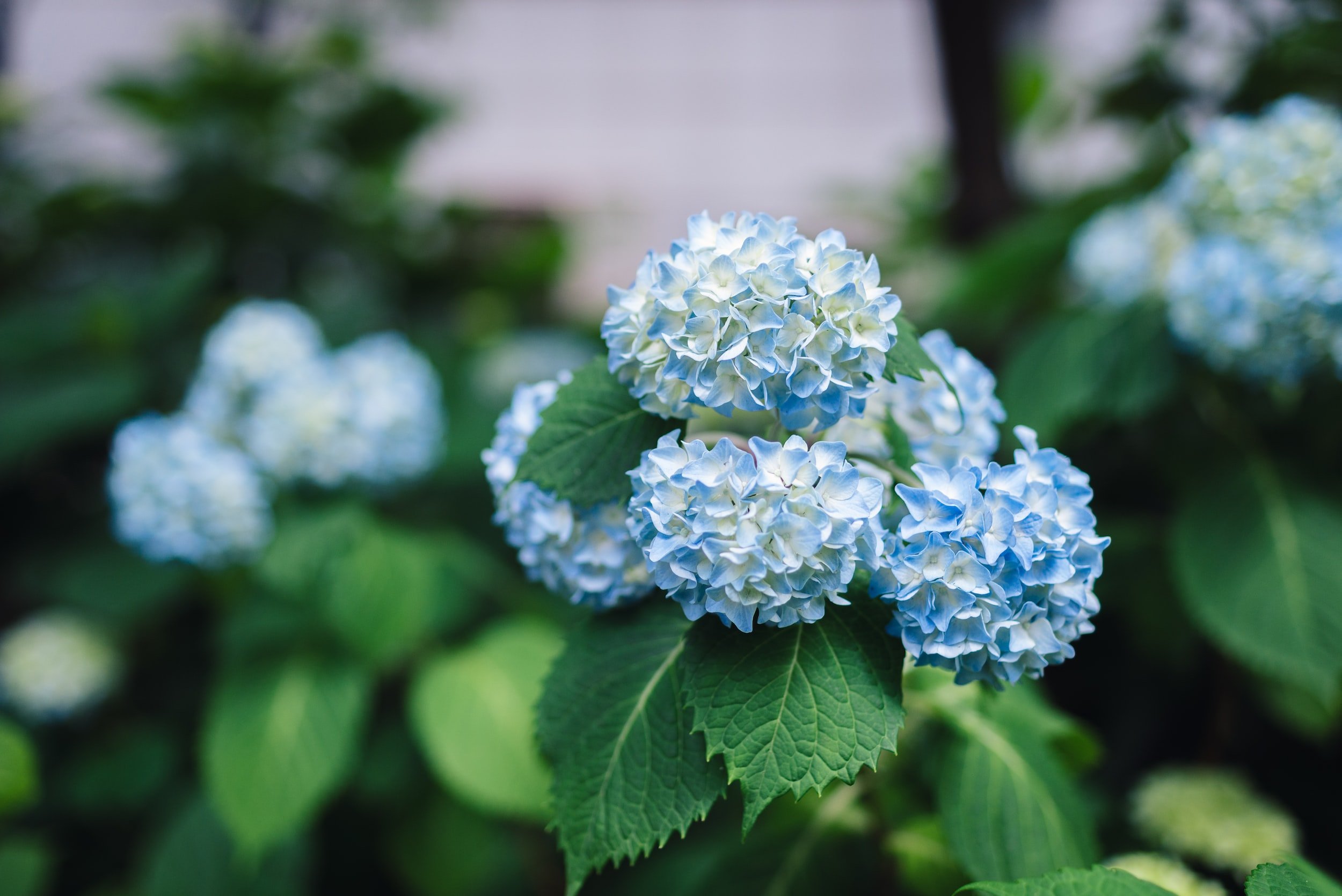Unknown Facts About Hydrangea Leaves Turning Yellow
Unknown Facts About Hydrangea Leaves Turning Yellow
Blog Article
Get This Report about Hydrangea Leaves Turning Yellow
Table of ContentsHydrangea Leaves Turning Yellow Fundamentals ExplainedThe Only Guide to Hydrangea Leaves Turning YellowThe Best Strategy To Use For Hydrangea Leaves Turning YellowSee This Report about Hydrangea Leaves Turning Yellow
Hydrangea plants are known for their stunning blooms, but sometimes their fallen leaves can turn yellow. This is usually an indicator that something is incorrect and the plant needs your aid. There are a number of possible reasons of yellow fallen leaves on Hydrangeas, and thankfully the majority of them are easy to take care of. Here we'll cover one of the most typical causes of Hydrangea leaves transforming yellow and how to repair them.Hydrangea leaves transforming yellow can be a cause for worry. There are several reasons why Hydrangea leaves turn yellow, and the majority of them are simple to repair. Allow's check out the most typical reasons that Hydrangea leaves turn yellow and just how to fix them. Hydrangea leaves commonly turn yellow when the plant is overwatered.
When the roots of a plant are immersed in water for extended periods, they start to suffocate and rot. This process cuts off the origins' oxygen supply, creating the leaves to turn yellow and ultimately pass away. Overwatering can also result in various other issues such as leaf decrease, origin damage, and fungal growth.
If you assume your Hydrangea is overwatered, the finest service is to allow the soil dry completely prior to watering once more. It's also a good concept to examine the water drainage of your pot or garden bed and see to it that water is not pooling around the plant's origins. Hydrangea plants need well-drained dirt to prosper.
Little Known Questions About Hydrangea Leaves Turning Yellow.
Hydrangea leaves can likewise transform yellow if the plant is not obtaining adequate water. This occurs when the plant does not get sufficient water, and the soil begins to dry out.

This is referred to as "fertilizer shed," It occurs when the plant's roots are exposed to too much plant food. The roots can not absorb all of the nutrients and come to be harmed. This damage creates the fallen leaves to transform yellow and eventually die. Various other indications of fertilizer burn include brownish or yellow leaves, wilting, and stunted growth.
This will certainly assist remove any type of excess plant food from the origins of the plant. It's also an excellent idea to lower the quantity of plant food you are making use of.
Everything about Hydrangea Leaves Turning Yellow

If your Hydrangea is ravaged with pests, treating the plant with neem or horticultural oil is the most effective service. It's likewise great to eliminate any kind of damaged fallen leaves from the plant. You can do this by hand or with a set of trimming shears. It's also a good idea to inspect the plant frequently for bugs and eliminate them as quickly as you see them.
To avoid spreading out the illness, ensure to disinfect your scissors before reducing any kind of ends. Hydrangea leaves can likewise turn yellow if the temperature emphasizes the plant. This generally takes place when the plant is subjected to severe cold or heat. The fallen leaves of the plant will certainly turn yellow and start to go down off.
If the temperature stresses your Hydrangea, you require to relocate the plant to a location where it will certainly be shielded from the extreme cold or warmth. You can likewise try to provide the plant with some partial color if like this subjected to direct sunshine. You can also attempt adding compost around the plant base to assist regulate the temperature level.
The Single Strategy To Use For Hydrangea Leaves Turning Yellow
The fallen leaves can also transform yellow if the Hydrangea plant has origin rot. This is normally brought on Learn More Here by overwatering or bad water drainage. When the plant's roots are submerged in water for also long, they start to rot. One of the most typical origin rot symptoms is yellowing fallen leaves, as the fungi avoids the origins from soaking up nutrients from the soil.
Various other indicators of origin rot include stunted growth, wilting, and leaf decrease. Inspect the origins of your Hydrangea if it has origin rot. If they are black or brownish, after that they are possibly rotten. If some healthy and balanced origins are left, you can attempt to conserve the plant by replanting it in a brand-new pot with fresh dirt.
If your Hydrangea is heavily impacted by root rot, starting with a brand-new plant is best. As Hydrangeas age, their fallen leaves will gradually turn yellow and brown before dropping off the plant.
You can help the plant by ensuring it is getting enough water and nutrients. You can likewise mulch around the plant base to assist it maintain dampness. There are a number of reasons hydrangea Click This Link leaves might turn yellow and diminish. Hydrangea Leaves Turning Yellow. One opportunity is that the plant is not getting enough water.
Report this page